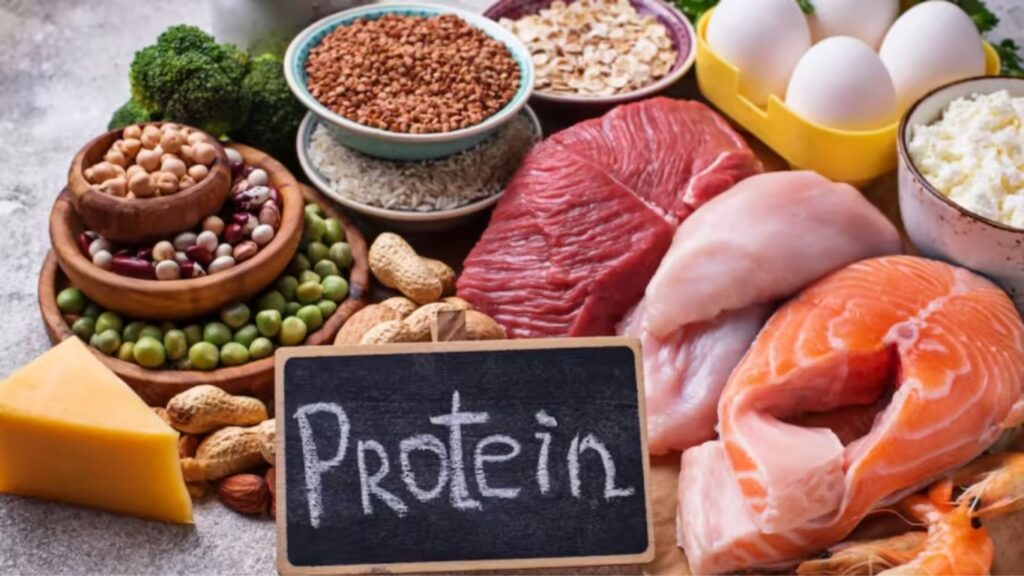When it comes to fitness goals, many people aspire to lose fat while maintaining, or even gaining, muscle mass. It’s a delicate balance, as the traditional approach to weight loss—simply consuming fewer calories than you burn—can lead to both fat and muscle loss. To achieve the desired outcome, a more nuanced strategy is required, one that centers on macronutrient balancing. In this comprehensive guide, we will delve into the science behind this approach, enabling you to retain muscle while systematically reducing body fat.
Understanding Macronutrients
Macronutrients are the building blocks of our diet, comprising proteins, carbohydrates, and fats, each playing unique roles in the body:
- Proteins are the main building blocks of muscle tissue and are essential for repair and growth.
- Carbohydrates serve as a primary energy source, fueling everything from brain function to high-intensity workouts.
- Fats are vital for hormonal balance, nutrient absorption, and providing energy, especially during low-intensity activities.
The Role of Protein in Muscle Preservation
Protein is the star macronutrient for muscle preservation. It supplies amino acids, which are necessary for the repair and growth of muscle fibers that are stressed during exercise. A diet sufficient in high-quality protein can promote muscle synthesis and help counteract the muscle-wasting effects that can accompany a caloric deficit.
How Much Protein Do You Need?
General guidelines suggest that for fat loss with muscle preservation, individuals should aim for approximately 1.6 to 2.2 grams of protein per kilogram of body weight per day. However, needs can vary based on factors like age, sex, physical activity level, and overall health.

The Significance of Carbohydrates
Carbohydrates have a controversial reputation in the world of weight loss, but they’re not to be feared. Instead, understanding the role they play can help you harness their benefits:
- Fueling Workouts: Glycogen, the stored form of carbohydrates, is the body’s preferred energy source during high-intensity workouts. Adequate carbohydrate intake ensures you can perform at your best.
- Preserving Muscle Mass: Carbohydrates can also have a protein-sparing effect, meaning that if you consume enough of them, your body is less likely to break down muscle tissue for energy.
How to Balance Carbohydrates
A common approach is to cycle carbohydrate intake based on activity level. On days with intense strength training, a higher intake of carbohydrates is beneficial. On rest or low-intensity days, you can reduce carbohydrate intake since energy demands are lower.
The Importance of Fats in Hormonal Health
Fats are essential for the production of hormones, including testosterone, which is crucial for muscle growth. They also provide a steady stream of energy, particularly for longer-duration, low-to-moderate-intensity exercises.
How Much Fat Is Necessary?
A minimum of 20% of your total caloric intake should come from healthy fats to ensure hormonal balance and proper body function. Fats are calorie-dense, so monitoring portion sizes is key to avoiding a calorie surplus.

Balancing Macronutrients for Fat Loss and Muscle Preservation
Creating a macronutrient balance for fat loss and muscle preservation requires a structured approach:
- Calculate Your Caloric Needs: Use a Total Daily Energy Expenditure (TDEE) calculator to estimate how many calories you burn per day. Subtract 10-20% from this number for a safe calorie deficit.
- Determine Your Protein Needs: Set your protein targets based on the guidelines provided above. Ensure this is a constant in your diet, regardless of calorie fluctuations.
- Set Your Fat Intake: Secure your minimum essential fat intake to support hormonal health.
- Fill the Remaining Calories with Carbohydrates: After allocating calories for proteins and fats, use the remainder for carbohydrates.
Practical Tips for Macronutrient Balancing
- Choose Whole Food Sources: Opt for lean meats, legumes, whole grains, nuts, seeds, and vegetables to get the most nutritional value from your food.
- Monitor Your Progress: Regularly track your body composition, not just your weight, to ensure you’re losing fat and not muscle.
- Stay Hydrated: Water is essential for metabolic processes and helps in muscle recovery.
- Timing Is Key: Consider nutrient timing, such as consuming a protein and carbohydrate-rich meal post-workout to aid recovery.
Common Pitfalls to Avoid
- Too Large a Caloric Deficit: This can lead to significant muscle loss and metabolic slowdown.
- Neglecting Protein: Not consuming enough protein can result in muscle breakdown.
- Cutting Fats Too Low: This can negatively affect hormonal health and energy levels.
Supplements That Can Help
While whole foods should always be your primary source of nutrients, certain supplements can support your goals:
- Whey Protein: A convenient way to ensure you meet your protein needs.
- BCAAs (Branched-Chain Amino Acids): May help reduce muscle breakdown and support recovery.
- Creatine: Proven to enhance strength and improve muscle recovery.
The Role of Resistance Training
Resistance training is non-negotiable when it comes to preserving muscle mass. Engaging in regular strength training sessions sends signals to your body to maintain muscle even as you lose fat.

Conclusion
Shredding fat while keeping muscle is a precise science that requires attention to diet, exercise, and recovery. By understanding and implementing macronutrient balancing, you’ll be well on your way to achieving the physique you desire without sacrificing muscle. Remember, this is not just about looking good but also about fostering a healthy, strong body capable of daily vigor and resilience.
This approach is not one-size-fits-all. Be patient and willing to adjust your plan as you progress, and consider consulting with a nutritionist or personal trainer to tailor a plan to your individual needs. With dedication and knowledge, you can sculpt a lean, muscular body that is as healthy as it is strong.
Also read: Why Consistency And Patience Matters in Achieving Fitness Goals
